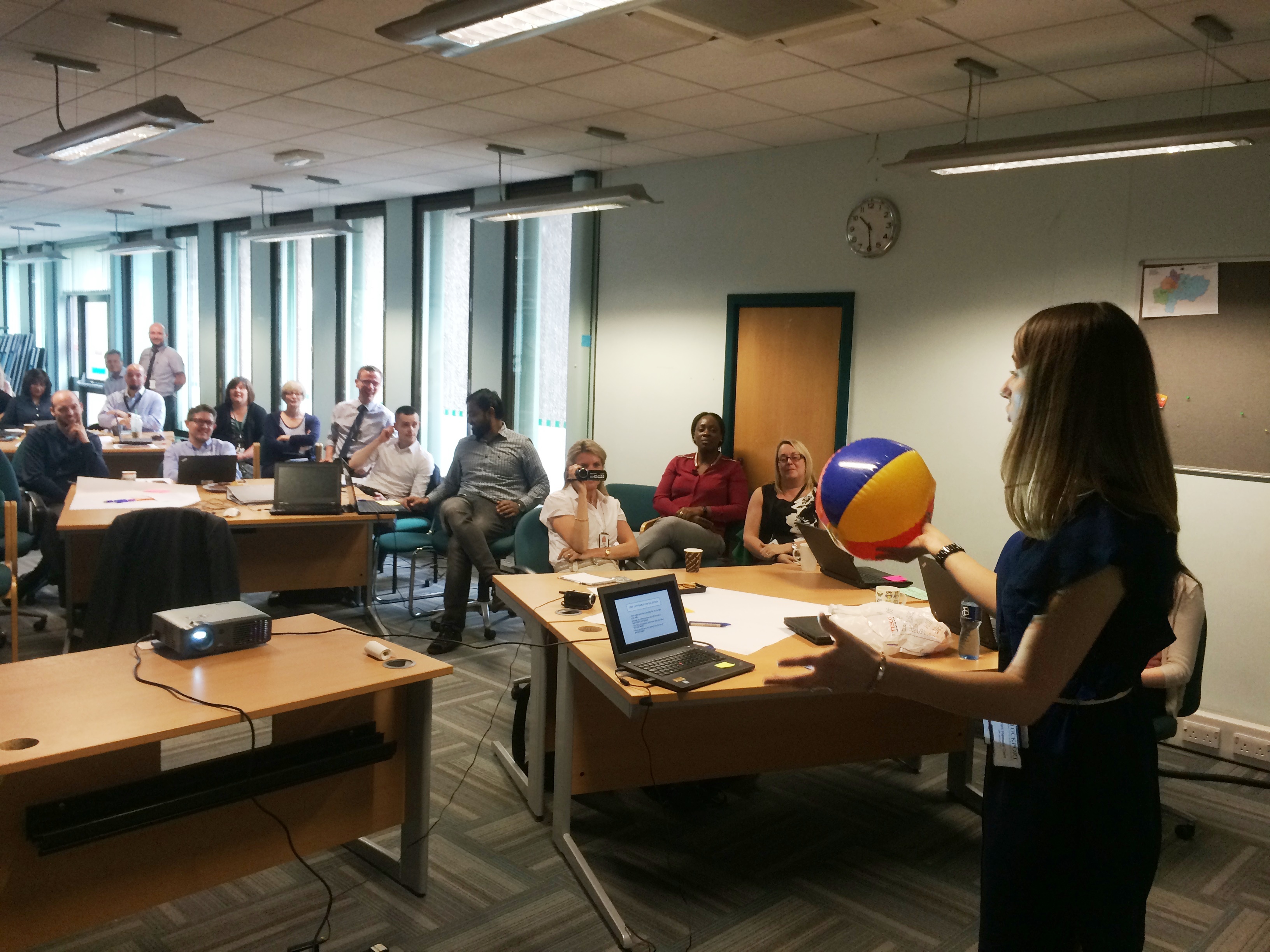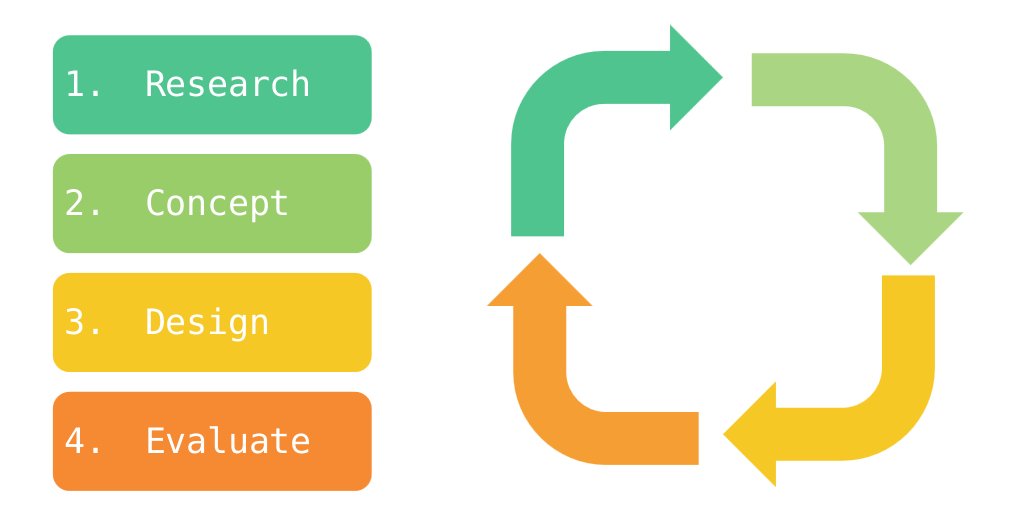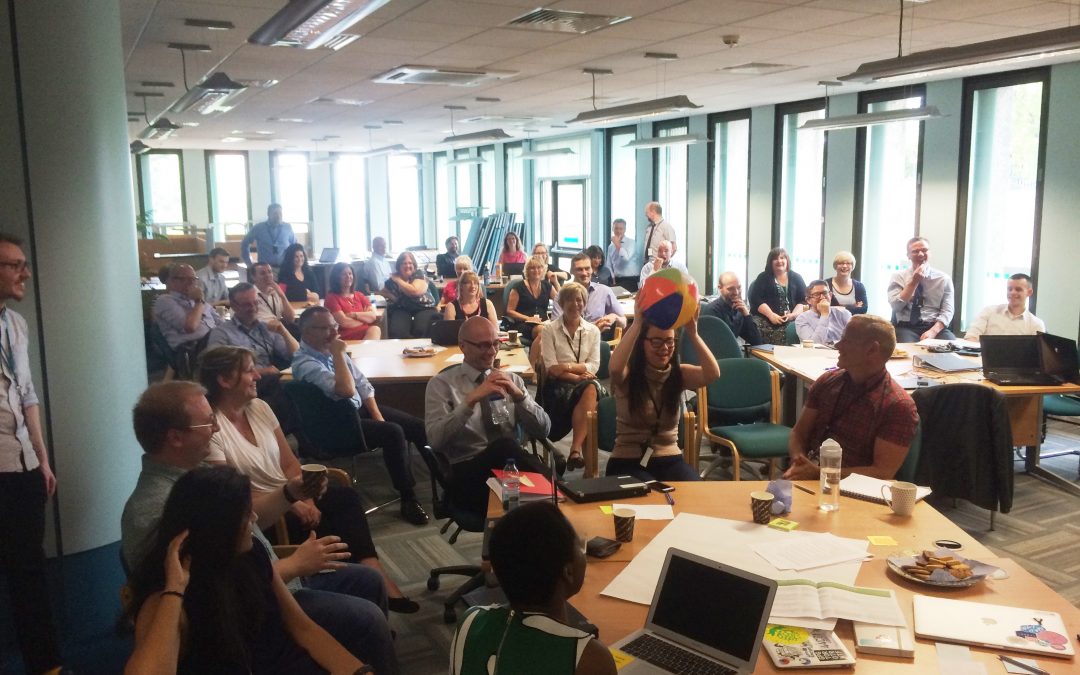The second delivery Showcase took place this week. These sessions are really important as an opportunity to show the progress that has been made on the project and to get your views and input. The whole point of Showcase is about checking back and saying “We’re on this track, does that feel right for you?”
So… what’s been happening over the busy two weeks since the last Showcase?
Training and support
Our support for delivery has included the following:
• Agile training
• Support for Better Off
• Training for Fred Perry House staff
• Support on new devices
We’ve also kicked off ‘Communities of Practice’ to share knowledge and best practice among the delivery teams.
Communications
There are now weekly blog posts with an update after each showcase to summarise the presentations for those who couldn’t make it. In addition there will be regular product specific posts from programme teams and workstreams with developments to share.
Technical infrastructure
We have been working on creating the technical infrastructure for the platform. We are currently working hard to ensure we get admission and administration rights at the correct levels for those that are writing software. We’re also making some technical decisions about how the underlying infrastructure is going to look.
Resourcing
To make sure we have the very best people for the job, we are working with teams made up of Council and external staff. We are making the most of this opportunity by learning from our external colleagues and developing new skills.
Delivery teams and cross-cutting support teams working together under the Digital by Design Programme are now well-established and we are committed to keeping the Agile model of working in place beyond the delivery of this current IT programme.
Initial Platform Release
For the next Release we are developing initial capabilities that we can continue to improve over time and as our needs change. This focusses on:
• Better Information, Advice and Guidance (IAG) on the website and the ability to create specialised offshoots for different areas of the organisation, starting with the ‘Healthy Stockport’ pages
• New ‘One Account’ which will improve the customer experience with just one log-on as well as automating the back-office functions to create the capacity for more value added staff work
• Better referral processes from Community organisations, Partner services and the public themselves and better ways of feeding that information into our own Case Management systems
• Quicker information sharing by creating ‘One view’ of the customer, automating information gathering and sharing it appropriately, leaving staff with more time to spend on complex work
• Improved mobile working which takes advantage of the enhanced digital functionality available
Corporate Support Services
Over the last two weeks Corporate Support Services (only very recently aligned to the Digital by Design Programme) has prepared a ‘Statement of Works’ outlining deliverables, timescales and performance measures; established additional resource requirements to execute Discovery; and appointed a Business Analyst. It is anticipated that the Discovery phase will be launched within the next two to three weeks.
Business Intelligence & Analytics
Progress made over the last two weeks has focussed on further analysis and development of the Ofsted outputs. In order to do this we’ve extracted a significant portion of Early Intervention and Safeguarding data into Data Warehouse (around 25 million records a night!) and we’ve also developed, tested and deployed a warehouse archiving process.
Finally, we’ve started a process of transforming data into easily reportable formats. This means that it will be quicker to find the answer to Services’ queries and to turn information into reports and outputs from the data warehouse.

Mobile working
In order to meet the objective of “ All of your apps, all of your data, safely, anywhere” there will need to be some technical changes to the way staff roaming profiles are created in order to reduce delays, error messages and software corruptions which are a major frustration for staff working in a mobile environment.
We will be introducing a new ‘User Environment Virtualisation’ (UEV) which will reduce the size of the data requests being ‘bounced’ back and forth from the server to the mobile device, a change, demonstrated by means of moving from a large ‘beach ball’ request that often crashes the system, into smaller ‘ping-pong balls’ which pass back and forth quicker and without causing the same damage en route!
Single View
In the last two weeks we’ve been working up the proof of concepts for extracting data from the first two systems identified in Inception. The good news is we’ve successfully returned raw data (albeit not in a very pretty format) so we’re now creating APIs (Application Programming Interfaces) which translate systems’ raw data into a user friendly Interface.
One Account
The bulk of our work over the last two weeks has been investigative and has focussed on what Council Tax and Library information could be displayed to citizens through the One Account. The developers have trialled different technologies to pull out the information and we have now started to build the layer that will retrieve council tax information from the back office system. We are still working on a way to extract and integrate the library information.
Ensuring that citizens can access their account in a secure way is of paramount importance and we have been looking at the current verification methods in place at the Contact Centre, Back Office and other Local Authorities as well as conducting Information Governance consultations and investigating various technology solutions.
Once we know what information we can retrieve and how we will verify citizen access we will produce One Account dashboard prototypes for user testing and this will be conducted as part of a joint User Testing & Accessibility Testing Strategy with the IAG workstreams.
User Testing and Accessibility Testing Strategy
We have conducted plenty of user research which has allowed us to understand how people do things now and how that could be improved by creating new software solutions.
User Testing allows us to understand how our solutions perform when subjected to user behaviours. It’s well known that what people tell you they want isn’t necessarily what they need. By testing prototypes with users we will have a better understanding of their needs and how our solutions will need to meet them, while they are being developed.

Building a Continuous Integration (CI) pipeline
In IAG we have continued to build a CI Pipeline: a tool that we use to efficiently integrate, test and deploy our development work. The pipeline creates a smooth process that provides us with feedback on the current state of the website and also highlights any defects and allows us to track and fix problems quickly.
Information, Advice and Guidance Content Guidelines
We have further developed our website Content Guidelines, splitting them into two parts: a Content Checklist (a series of criteria or rules) and a Tone of Voice guide. Together they will allow us to create content that is consistent, valuable, accessible and meets user needs.

